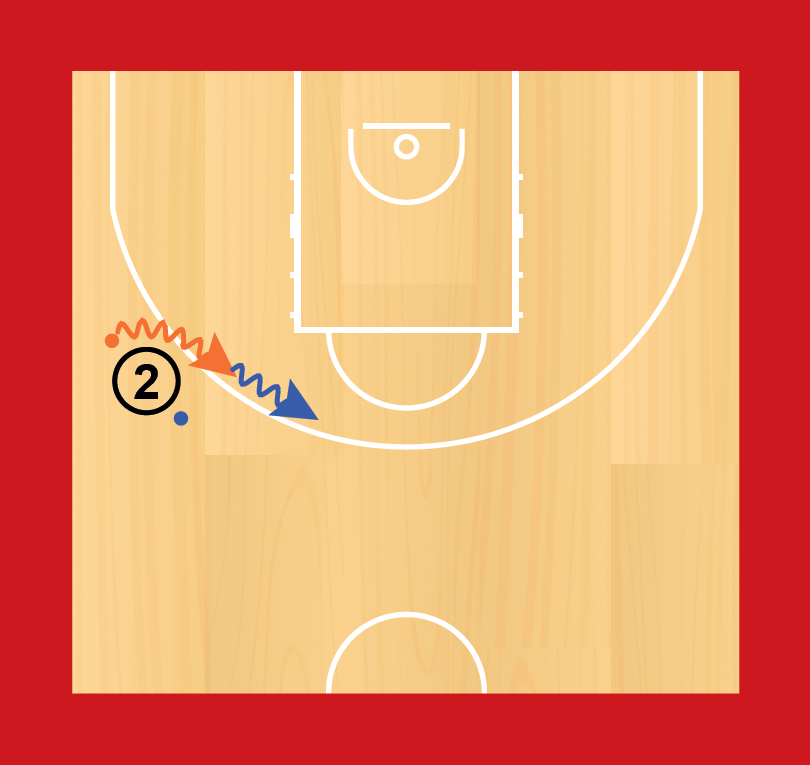- 2.5.1 Advanced lay-up techniques
- 2.5.2 Reverse lay-up
- 2.5.3 Advanced shooting - shooting footwork
- 2.5.4 Advanced shooting - inside shooting
- 2.5.5 Correcting shooting technique - flat shot
- 2.5.6 Correcting shooting technique - off-line shot
- 2.5.7 Correcting shooting technique - side spin
- 2.5.8 Correcting shooting technique - shooting short
- Follow-up
- 3.1.1 Preparing players physically to play basketball
- 3.1.2 Preparing players physically - warm-up for training
- 3.1.3 Preparing players physically - warm-up for games
- 3.1.4. Préparation physique des joueurs - Musculation de force
- 3.1.5 Preparing players physically - power training
- 3.1.6 Preparing players physically - conditioning
- 3.1.7 Preparing players physically - flexibility
- 3.1.8 Preparing players physically - basic strength training programme
- 3.1.9 Basic-off season preparation
- 3.3.1 Physical recovery techniques - overview
- 3.3.2 Physical recovery techniques - active recovery
- 3.3.3. Compression Clothing
- 3.3.4. Physical recovery techniques - hydro therapy
- 3.3.5. Physical recovery techniques - massage
- 3.3.6. Physical recovery techniques - sleep
- 3.3.7. Physical recovery techniques - stretching
- 3.3.8 Physical recovery techniques - practical applications
- 2.1.1 Motion Offence – 5 Out – pass and cut/give and go
- 2.1.2 Receivers Principles with Post Players
- 2.1.3 Motion offence with post - 4 out, 1 in
- 2.1.4 Post Up Cuts
- 2.1.5 Developing Decision Making - Putting Perimeter and Post Together
- 2.1.6 Creating scoring opportunities with a second pass
- 2.1.7 Moving the help defender away from a help position
- Follow-up
Level 2
2.4.1 Advanced dribbling – reverse spin dribble
The footwork on a reverse spin dribble is simply a reverse pivot.
Here 2’s left foot stays on the ground (as their pivot foot) as they step with their right foot (which is closest to the sideline).
It is very important that 2 puts their “chin to shoulder” so that they can see behind them, before stepping. A reverse spin is often a cue for defenders to trap (“double team”) and the offensive player needs to see whether or not that is happening.
As the player takes their reverse pivot, they pull the ball across their body in one motion, as they continue their dribble. This will ensure that their body stays between the ball and their defender.
They must keep their hand on top of the ball so that it is a continuous dribble – they are not picking up the ball (as they then could not continue to dribble).
As the dribbler is changing direction they should also change the hand they are dribbling with.
Shown here, the dribbler is using their right hand as they move to the sideline and then continue to use their right hand as they reverse pivot and drag the ball across. After they have finished the reverse pivot and are moving in the new direction, they change hands.
A common mistake is to reverse pivot, but to change hands immediately. This usually means that the ball is unprotected as it is not “dragged” across as they step.



